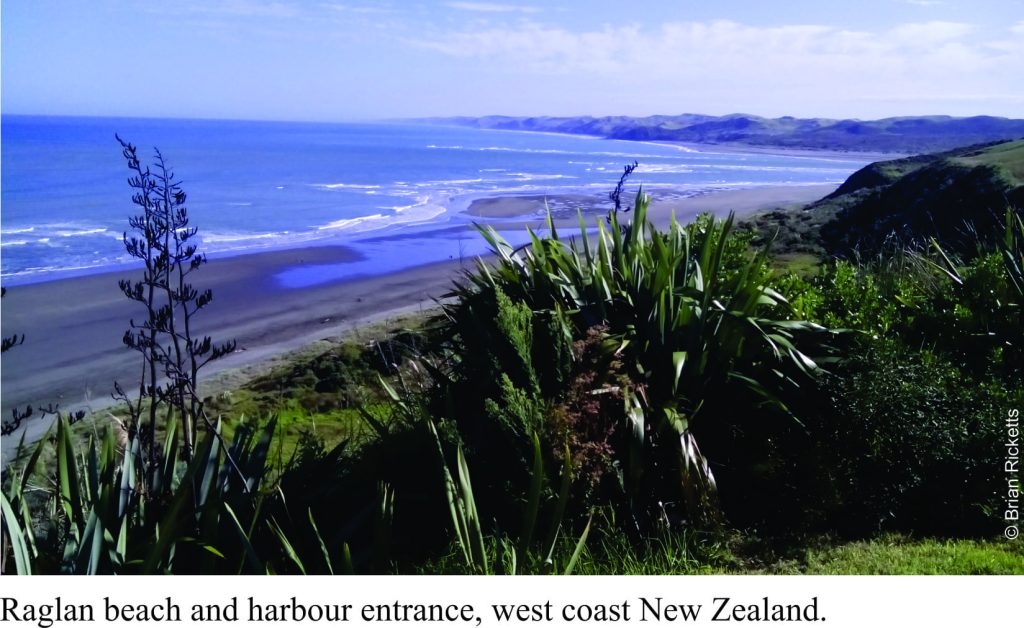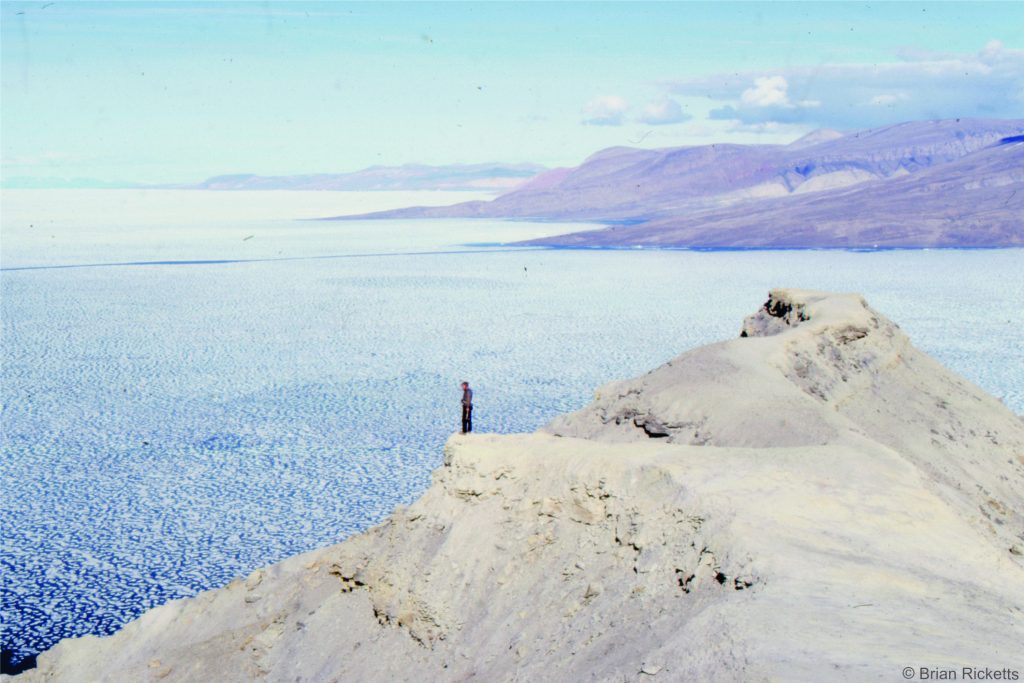

Antarctic ice shelves, those thick, floating wedges and platforms of ice, are a direct consequence of ice flow. One of them, Larsen C, has been in the news of late because a very large chunk (5800 sq. km), broke off and floated away as an iceberg; the inevitable comparisons have the new iceberg (imaginatively named A68) as twice the size of Luxembourg or about the size of Delaware. The Larsen C collapse took place in July 2017 during the polar winter, thus requiring thermal images; scientists had to wait for the summer sun to rise before getting a first-hand view of the new iceberg. Continue reading


